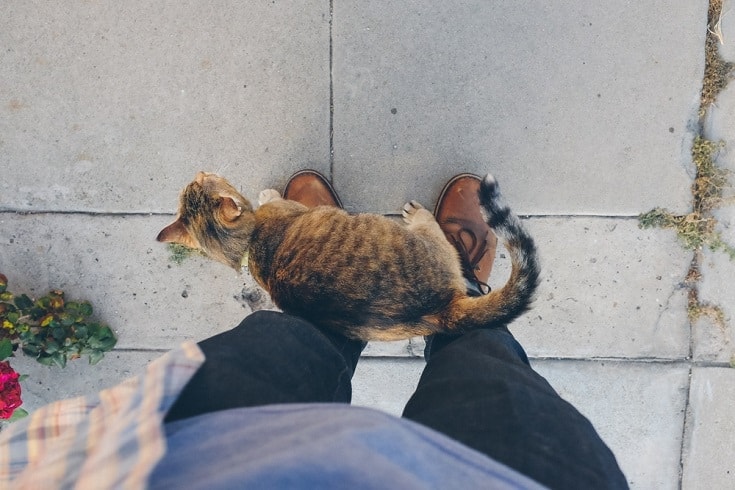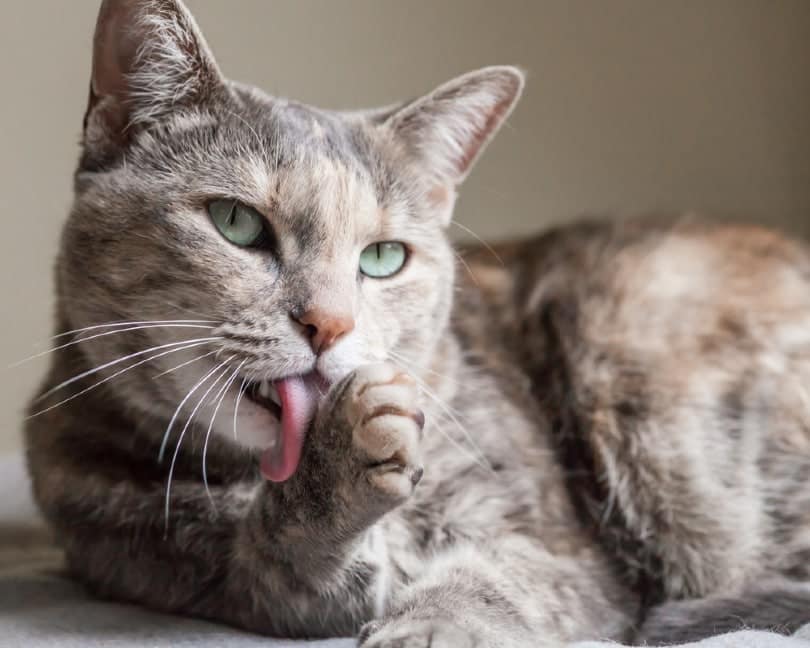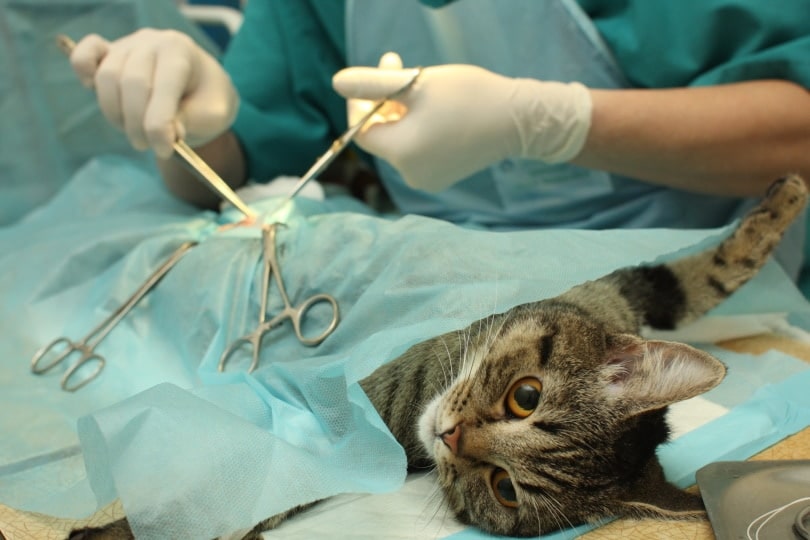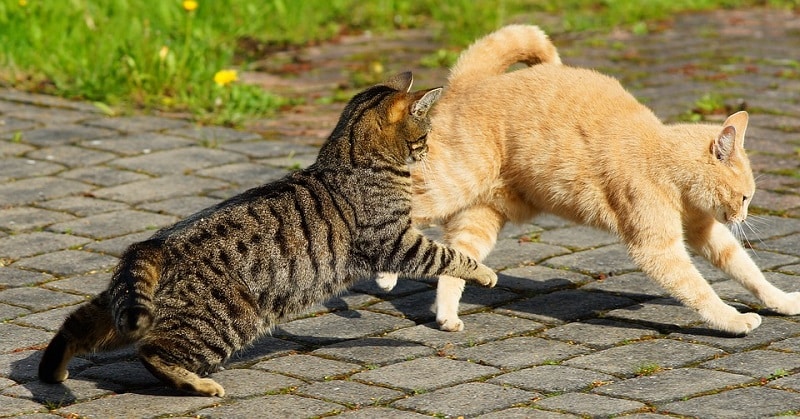Not every cat owner has experienced a cat in heat. Many choose to get their cats spayed as soon as they’re old enough, thus stopping periods for the rest of their lives. So, when your cat somehow has a period, it can leave you in a state of shock. How is it possible for a cat to have her period after her spaying procedure?
A spay surgery is typically a surefire way to end a feline’s hormonal cycles so that they do not have a heat cycle after being spayed. However, there are times when felines continue to have a period even after the surgery. If this happens, take her to the vet for an examination.
The 4 Signs Your Cat is Having Her Period
Female cats reach sexual maturity when they are around 5 to 6 months old. At this time, they’ll usually enter their first heat cycle. Unlike humans and some other mammals, it is uncommon for cats to bleed during this time. So, what does a cat’s “period” or estrus cycle look like?
1. Affectionate Behavior
One sign that your female cat is in heat is if you notice behavioral changes. This usually presents itself through increased affection. Sometimes, the affection is so persistent and demanding that it seems like it will never stop. She may be rolling around on the floor, constantly head rubbing, or presenting her backside with her tail moved over to the side.
Another behavioral change you might notice is a complete shift in temperament. A once calm and even-tempered cat might now be moody or nervous.

2. Urinating Outside the Litter Box
Like male cats, female felines can spray urine. This strong-smelling spray has pheromones to attract potential suitors, and your cat might take it upon herself to spray all over the house.
3. Increased Vocalization
Females in heat are highly vocal and will do anything to attract a male. Don’t be surprised if you hear constant yowling from your cat. Cats in heat can keep you up for hours at night and well into the day.
4. Excessive Grooming
Cats in heat groom themselves more than usual. You might not pay any attention to it because cats already do a good job cleaning themselves, but there should be a noticeable increase if you pay close attention.

My Cat Is Spayed: Why Is She Still Going into Heat?
The cat spaying procedure is usually straightforward. Your veterinarian will make a small incision and remove her ovaries and uterus to stop the heat cycles and prevent pregnancy. With these removed, the body no longer produces estrogen and cannot send signals telling the body it needs to reproduce. This usually stops the heat cycles from that point forward, but there are rare occasions when it doesn’t.

Signs of Heat After Spaying Surgery
If your cat shows signs of being in heat after her surgery, it is not normal, and she needs to be taken to the vet. Vets can perform tests to determine what’s going on internally.
Ovarian Remnant Syndrome
The most common cause of heat in spayed cats is ovarian remnant syndrome. Ovarian remnant syndrome occurs when a small piece of ovarian tissue is left behind during surgery and results in the body continuing to produce estrogen.
t can also happen when a small piece of the tissue from the ovary breaks away as it is being removed (auto-transplant) and establishes a blood supply before continuing to produce hormones. It can sometimes take months or even years before you notice the signs of ovarian remnant syndrome.

How Do You Diagnose Ovarian Remnant Syndrome?
The vet has several methods for coming to a diagnosis. Usually, they use one or more tests:
- Vaginal cytology: Swabbing the vaginal area during the heat cycle to examine cells under a microscope
- Ultrasound: A less common method but is used to show small bits of tissue in the body
- Baseline Hormone Level Checks: Testing for abnormal hormone levels, although normal hormone levels will not rule it out completely
- Hormone Stimulation: Your vet administers synthetic stimulating hormones to your cat and then measures progesterone over the next seven days to confirm or rule out ovarian tissue presence

Anatomical abnormalities
It is possible, although not common, for a female cat to have anatomical abnormalities of the reproductive tract. For example, an extra ovary that was not seen during the first surgery could be present.
Conclusion
While your cat might not have the same period symptoms that humans do, it is still possible for them to go into heat even after being spayed. While it is rare, you need to have it checked out by your vet. If confirmed, they will have to perform surgery to remove the remaining ovary tissue and truly end your cat’s heat cycles for good.
Featured Image Credit: Andrii Medvednikov, Shutterstock












